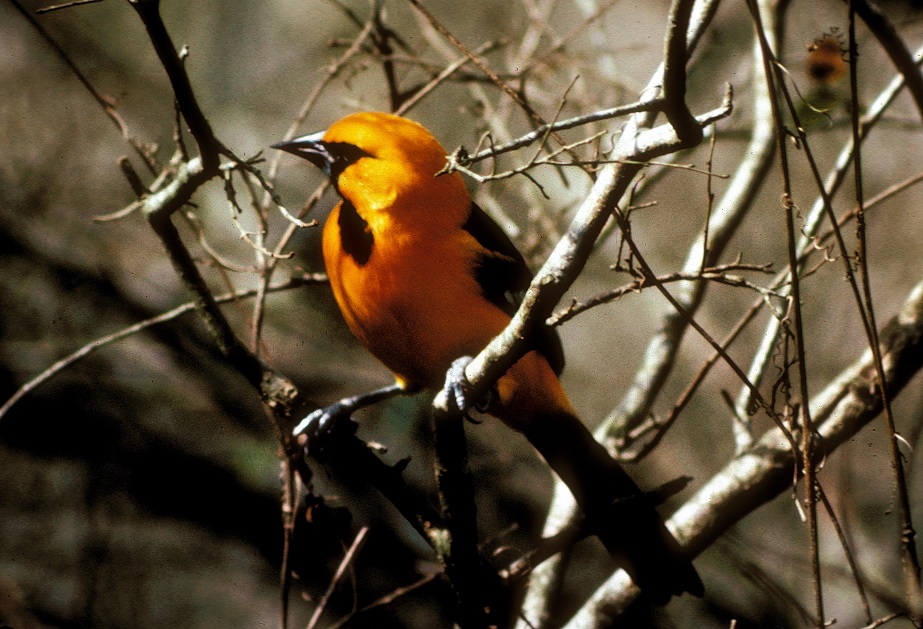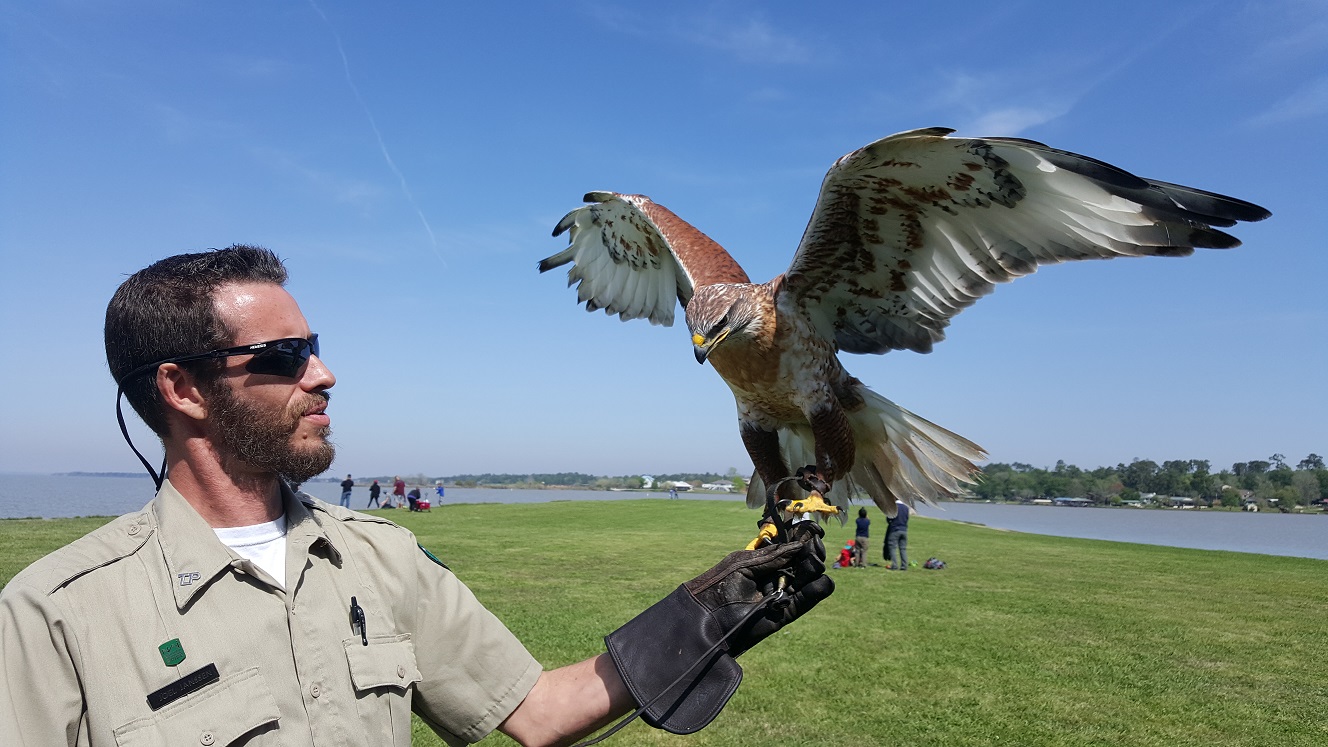Your Own Backyard Offers Birding Opportunities
Friday, March 31st, 2017This is Passport to Texas
The Texas coast attracts a wide variety of species of birds during spring migration. But what if you live inland and don’t have plans to visit the coast?
Folks that are inland can probably scout and look for big groves of trees and watch the weather.
Cliff Shackelford is Parks and Wildlife’s non-game ornithologist.
I’m here in Nacogdoches, and we have a place in town called Pecan Park – it’s right next to Stephen F. Austin State University – and it is a migrant trap. So what I do is I look at the weather; if it rained the night before during a window of time when I know birds are passing through, that would be late April, early May, I would immediately get out there at eight in the morning and see what’s there.
Inclement weather grounds birds as it does some aircraft. Shackelford said a location with large trees and an open understory is ideal for birders to glimpse migrants high above in the canopy. Of course, if you want to encourage migrants to visit your backyard…
Provide a wildscape; that’s landscaping for wildlife. And in that you’ll start to see that ‘hey if I want berry-eating birds like tanagers and grosbeaks and buntings, I should put some of these berry-giving shrubs and trees out. If you’re wanting to attract fly-catching birds, then just having a wildscape means you’re going to have a lot of insect fauna – flies and bees and things like that – that a lot of birds feed on.
Find wildscaping and birding information on the Texas Parks and Wildlife website. The Wildlife Restoration program supports our series.
For Texas Parks and Wildlife…I’m Cecilia Nasti.







 Passport to Texas is a
Passport to Texas is a  Passport to Texas is made available by:
Passport to Texas is made available by: